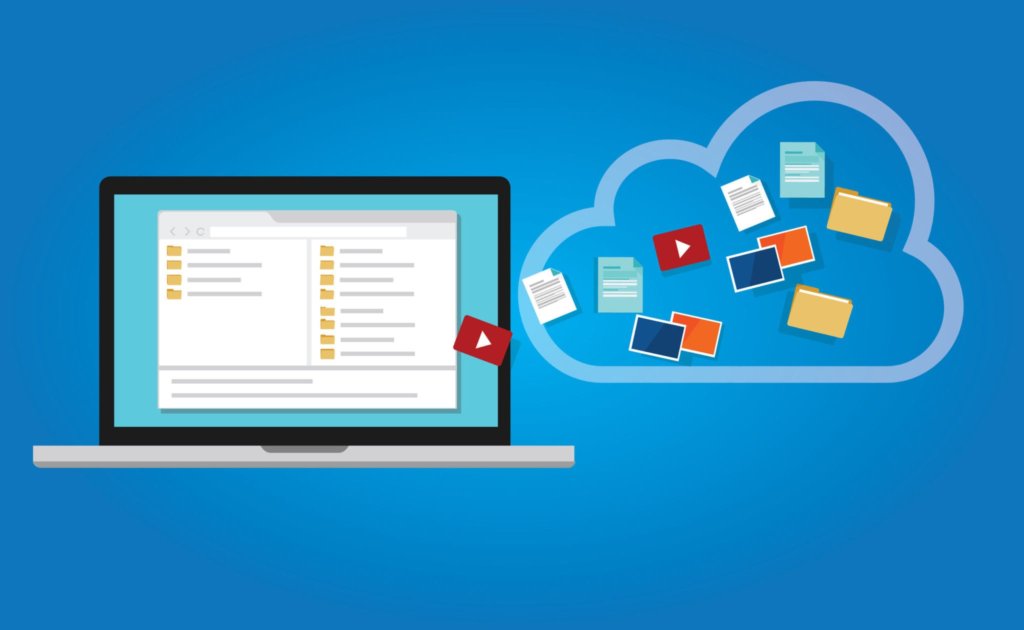
Cloud computing provides a number of benefits to numerous industries and is continuing to do so as technology improves. Educational institutions, in particular, are noticing the benefits the cloud can offer. From productivity to mobility and cost efficiency, the cloud is the future of modern education. It’s no surprise that the global cloud computing market in the education sector is projected to see a 26% growth rate through 2021.
As grade schools, colleges, and universities adopt the technology, the benefits for both educators and students are being explored. To give a better idea of what these benefits look like we’re highlighting a few of the most impactful.
Greater collaboration
Rather than requiring students and faculty to use a specific medium in which to communicate or collaborate with one another, the cloud allows for seamless file-sharing across any device. For students, the ability to collaborate on documents is essential when it comes to completing assignments, particularly in cases where everyone can’t be physically present. Using the cloud, students can work within virtual classrooms, communicating and editing in real-time. While the average student misses 4.5 days of school a year due to illness, the cloud can help avoid students missing out on discussions and assignments because they’re home.
Easy mobility & accessibility
The cloud enables applications to run on internet browsers regardless of the device being used. This eliminates the need for schools and students to invest in pricey computers or other district mandated equipment. They can access lesson plans and assignments through any smartphone, tablet or laptop they have access to.
Improved access to textbooks

The rising cost of textbooks is causing issues for students and parents alike. With the average student spending more than $1,200 on books and supplies per year at the collegiate level, there is a clear need for change. Cloud-based textbooks can alleviate this problem as digital content costs significantly less than printed material. This also eliminates any discrimination between lower and higher-income students.
Additionally, while some schools are unfortunately working with outdated textbooks, teachers are forced to adapt lesson plans and risk confusing students. Cloud-based textbooks, on the other hand, can be easily updated, enabling all students to have access to the most up-to-date information.
Eco-friendly
K-12 schools spend an average of $50,000 a year on paper and ink costs and the truth is, a lot of that money goes to waste. While the education system is one of the worst offenders when it comes to waste, the cloud presents the opportunity to go paperless in many instances. Creating and sharing documents through the cloud is easy both for the student to access and teachers to edit and grade.
Streamlined processes
Providing educators access to cloud technology will help facilitate more standardized, repeatable processes. In terms of distributing and accessing centralized information and reporting consistency, the cloud can improve communication across disparate departments.
Using the cloud, teachers can efficiently organize specific lesson plans based on topic or individual student needs. This allows teachers to personalize lessons and assignments to specifically tend to each student’s unique learning style. Classrooms will see an improvement in engagement and comprehension through more personalized curriculums. cSecurity
Storing and backing-up important information is simple and secure with the cloud. Automatically saving and organizing valuable teaching material is nearly impossible to accidentally delete or misplace when it’s stored in the cloud. Even in the event of a computer crash, all content will remain safe and accessible outside the device. Forgetful students can also benefit from this technology as assignments and study material can all be stored in one place. Eliminating the risk of forgetting a certain binder or assignment at home.
The education system should be able to provide students and faculty with the best, most modern IT possible, and the cloud can provide that. As our world becomes increasingly tech-focused it only makes sense to assimilate younger generations with the tools they will later be required to use in the workplace. Moving forward, we can hope to see more educational institutions migrating to the cloud and enjoying its many benefits.






About The Author: Anu
Content Strategist at CloudCone LLC.
More posts by Anu